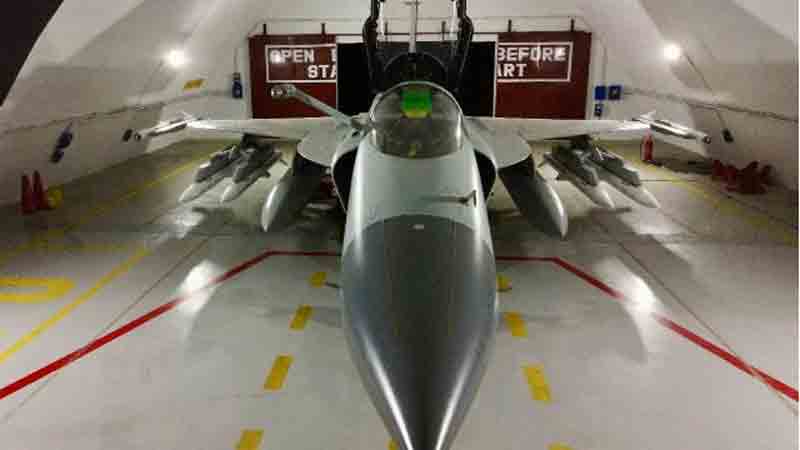The U.S. Government has released a new solicitation for white papers from industry partners detailing their capabilities, relevant experience, and technical strategies for the mass production of all variants of the Guided Multiple Launch Rocket System (GMLRS). As stated in the announcement dated April 24, 2025, the U.S. Army aims to increase production to an impressive 19,002 rockets per year, with initial deliveries expected by February 2030.
The U.S. Army Contracting Command – Redstone Arsenal has issued this Sources Sought Notice to perform thorough market research. The objective is to identify manufacturers equipped with the capacity, expertise, and resources necessary to fulfill the extensive production needs of the Strategic and Operational Rockets and Missiles (STORM) Project Office.
The future contract’s scope goes beyond mere production; it encompasses rocket manufacturing for all GMLRS variants, the establishment of tooling and production lines, the execution of engineering change proposals (ECPs), and comprehensive support activities to ensure sustainment and operational readiness. This broad scope reflects the Army’s commitment not only to replenish but also to significantly enhance its rocket artillery capabilities in response to evolving strategic requirements.
The Guided Multiple Launch Rocket System (GMLRS) represents a sophisticated family of precision surface-to-surface artillery rockets, specifically designed for deployment by Field Artillery units utilizing M270-series Multiple Launch Rocket System (MLRS) tracked launchers and M142 High Mobility Artillery Rocket System (HIMARS) wheeled launchers. This system employs an advanced inertial navigation system (INS) integrated with a GPS receiver, achieving remarkable accuracy with a typical circular error probable (CEP) of under 10 meters.
The standard GMLRS rocket has a length of approximately 3.94 meters and a diameter of 0.227 meters, with a total launch weight nearing 300 kilograms. Each rocket is capable of engaging targets at distances ranging from 15 to 84 kilometers, while the Extended Range (ER) variant extends this capability to over 150 kilometers.
The GMLRS Unitary variant features a 90-kilogram class high-explosive, point-detonating warhead, optimized for precision strikes against high-value targets, thereby minimizing the risk of collateral damage in complex operational environments.
In contrast, the Alternative Warhead (AW) variant replaces conventional submunitions with 160,000 pre-formed tungsten penetrators, providing wide-area effects that adhere to international cluster munitions regulations. Additionally, the GMLRS Extended Range (ER) version incorporates enhanced rocket motor technologies and re-engineered airframes, allowing the U.S. Army to target strategic objectives from even greater distances while ensuring precision and lethality.
The United States is actively working to significantly enhance various critical aspects of GMLRS production. The ongoing and potential future conflicts, particularly in support of European and Indo-Pacific allies, highlight the necessity for swift, adaptable, and long-range artillery capabilities.
Recent conflicts, especially in Ukraine, have showcased the effectiveness of rocket artillery systems like HIMARS with GMLRS rockets, which have successfully disrupted enemy logistics and command structures through precise deep-strike operations.
Additionally, the U.S. Army aims to maintain superiority over peer competitors such as China and Russia, both of whom have heavily invested in their long-range fire capabilities. Furthermore, the substantial aid provided to partner nations has led to a significant reduction in existing GMLRS stockpiles, creating an urgent need to replenish and expand these inventories.
The goal of achieving a production rate of 19,002 rockets annually will enable the U.S. Army to sustain high levels of operational readiness, fulfill its global obligations, and establish strategic reserves for extended high-intensity conflicts. With initial deliveries anticipated in February 2030, this procurement strategy represents a proactive approach to adapting to emerging threats and ensuring that artillery forces remain pivotal in future multi-domain operations.
Discover more from Defence Talks | Defense News Hub, Military Updates, Security Insights
Subscribe to get the latest posts sent to your email.





